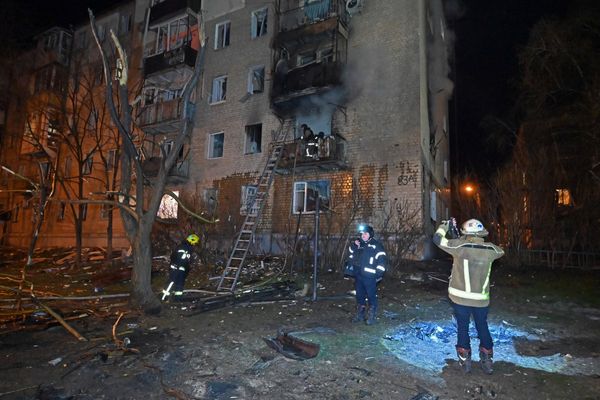
New Zealand’s gangs may have to cover up offensive tattoos with makeup if the incoming government’s crackdown on gang activity goes ahead.
On Thursday, the National party’s police spokesperson, Mark Mitchell, told the national broadcaster RNZ that if its proposed ban on gang patches – large insignia sewn on to jackets, for example – does not work, then it would consider making gang members apply foundation over their facial tattoos, or face arrest.
“If the gangs think they are going to get around a ban on gang patches by having swastikas and offensive tattoos on their faces, then we’ll take action to curb that,” Mitchell said.
The National party ousted Labour at this month’s general election, but it may be weeks before it takes over as the final votes are yet to be counted and coalition discussions are still under way.
Mitchell referenced Western Australia’s ban of gang tattoos in 2021, which also allowed gang members to cover them with makeup.
“There are stories in Australia, where you have senior gang members over there that wake up in the morning and have to apply foundation,” Mitchell said.
Associate Prof Mark Lauchs at the Queensland University of Technology, who studies New Zealand and Australian gangs, questioned the effectiveness of the proposal, noting that no other state in the country had replicated Western Australia’s ban.
“There’s a point at which you go beyond effective policy into … spiteful laws,” said Lauchs, comparing Western Australia’s tattoo ban to a plan to force jailed gang members to wear pink jumpsuits in Queensland prisons.
The pink jumpsuits were proposed but never enacted and were designed to embarrass gang members rather than increase public safety, the purpose of anti-gang laws, Lauchs said.
The New Zealand police would have added difficulty in differentiating between gang and cultural tattoos, especially for Māori, where the traditional facial tattoos called a moko have seen a resurgence in recent years.
“What counts as a Mongrel Mob tattoo as opposed to the cultural tattoo of the people who joined the Mongrel Mob?” Lauchs said. “It is going to be a point of contention that could cause a lot of confusion.”
Gangs have existed for decades in New Zealand, and the latest figures from the police’s Gang Harm Insights Centre puts membership at roughly 8,870 across 33 gangs.
Members of the country’s largest gang, the Mongrel Mob, are a familiar sight in many provincial towns and cities, and it is common for members to have insignia, including bulldogs, tattooed on their faces.
Gangs hold a complex space in New Zealand society: while they can be perpetrators of violence and crime, they can also act as forces for good within their communities.
The National party is also proposing to extend police search powers, including getting rid of the requirement for police to obtain a warrant from the court, banning gang activity on social media and allowing police to issue verbal dispersal notices to stop gang members talking to one another.
When asked how the police would prevent gang members meeting, Mitchell said “they’ll have to make arrests till the gang members understand that we are serious about this”.







